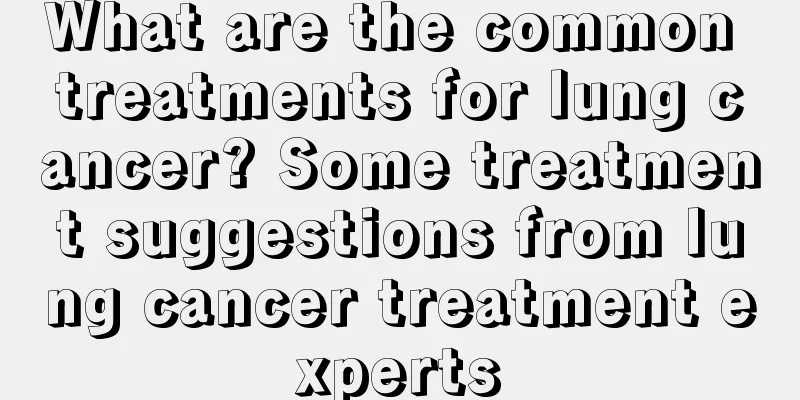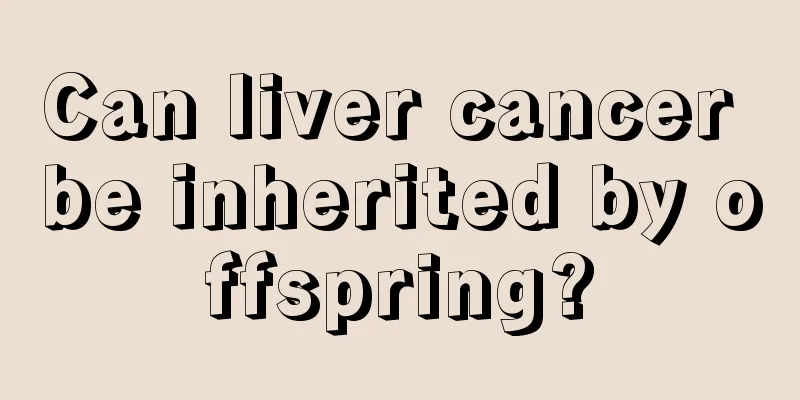What are the early symptoms of ascending colon cancer and its cure rate?

|
Early symptoms of ascending colon cancer: 1 Early symptoms In the early stages of ascending colon cancer, there will be symptoms such as abdominal distension and indigestion, followed by changes in bowel habits, diarrhea or constipation, and mucus stools or mucus-purulent bloody stools. 2Symptoms of poisoning Due to blood loss and toxin absorption from tumor ulceration, patients often experience anemia, low fever, fatigue, weight loss, edema and other symptoms, especially anemia and weight loss. 3. Symptoms of intestinal obstruction Symptoms of incomplete or complete low intestinal obstruction include abdominal distension, abdominal pain or cramps, constipation or constipation. Physical examination shows abdominal distension, intestinal type, local tenderness, and strong bowel sounds. 4Abdominal mass It is a tumor or a mass that has infiltrated and adhered to the omentum and surrounding tissues. It is hard and irregular in shape. Some of them can have a certain degree of mobility along the intestinal tract. In the late stage, the tumor infiltration is more severe and the mass may be fixed. 5 Late manifestations There are signs of liver metastasis such as jaundice, ascites, edema, as well as cachexia, a mass in the anterior rectal fossa, and enlarged supraclavicular lymph nodes, which are manifestations of distant tumor spread and metastasis. Treatment of ascending colon cancer: 1. Surgical method Right hemicolectomy It is suitable for cancers of the cecum, ascending colon, and hepatic flexure of the colon. For cancers of the cecum and ascending colon, the resection range includes the right hemi-transverse colon, ascending colon, cecum, and the 15-20 cm long terminal ileum, with end-to-end or end-to-side anastomosis of the ileum and transverse colon. For cancer of the hepatic flexure of the colon, in addition to the above range, the lymph nodes of the transverse colon and right gastroepiploic artery group must be removed. When performing radical resection of right hemicolectomy, attention must be paid to damage to the right ureter and descending part of the duodenum, especially when the tumor is large. 2. Chemotherapy The purpose of chemotherapy is to kill cancer cells and subclinical micro-metastases in the patient's blood, which can prevent local recurrence and metastasis after surgery. The main routes of administration are intravenous chemotherapy, as well as local perfusion through the anus, artery, and intracavitary administration. Intravenous chemotherapy is commonly used. |
<<: What is the first stage chemotherapy for nasopharyngeal carcinoma like and how to care for it
>>: Will brain cancer cause scalp itching
Recommend
Congenital scoliosis
Many diseases are congenital. Although they are d...
Introduction to intestinal cleansing methods
There are already many methods for cleaning the i...
Abscesses on gums after root canal treatment
The formation of abscesses on the gums after root...
Signet ring cell carcinoma is a special type of gastric cancer
Gastric signet ring cell carcinoma accounts for a...
It has been 9 days since the medication abortion and the bleeding is getting heavier. What should I do?
Although medical abortion is much less painful th...
What are the effects and contraindications of peony tea
Peony is the national flower, but many people don...
What is the normal value of serum calcium? What are the impacts?
The body's health level can be reflected by m...
What are the treatment misunderstandings of liver cancer? Two common misunderstandings in drug treatment of liver cancer
Liver cancer is a common malignant tumor of the d...
Should I use liquid foundation or cushion in summer
It is particularly troublesome for girls to put o...
Is there any way to increase height
We Chinese are generally not very tall, but many ...
Four foods that help prevent colorectal cancer
Due to changes in dietary structure and bad eatin...
Syndrome differentiation and treatment of liver depression and blood dryness type skin cancer
my country has records of traditional Chinese med...
Is advanced uterine cancer hereditary?
Is uterine cancer hereditary? Uterine cancer is a...
What are the dietary care methods for liver cancer? Several dietary care methods for liver cancer
There are many patients with liver cancer. Once t...
What to do if eye skin is allergic
The eyes are the windows to the soul, and the ski...









